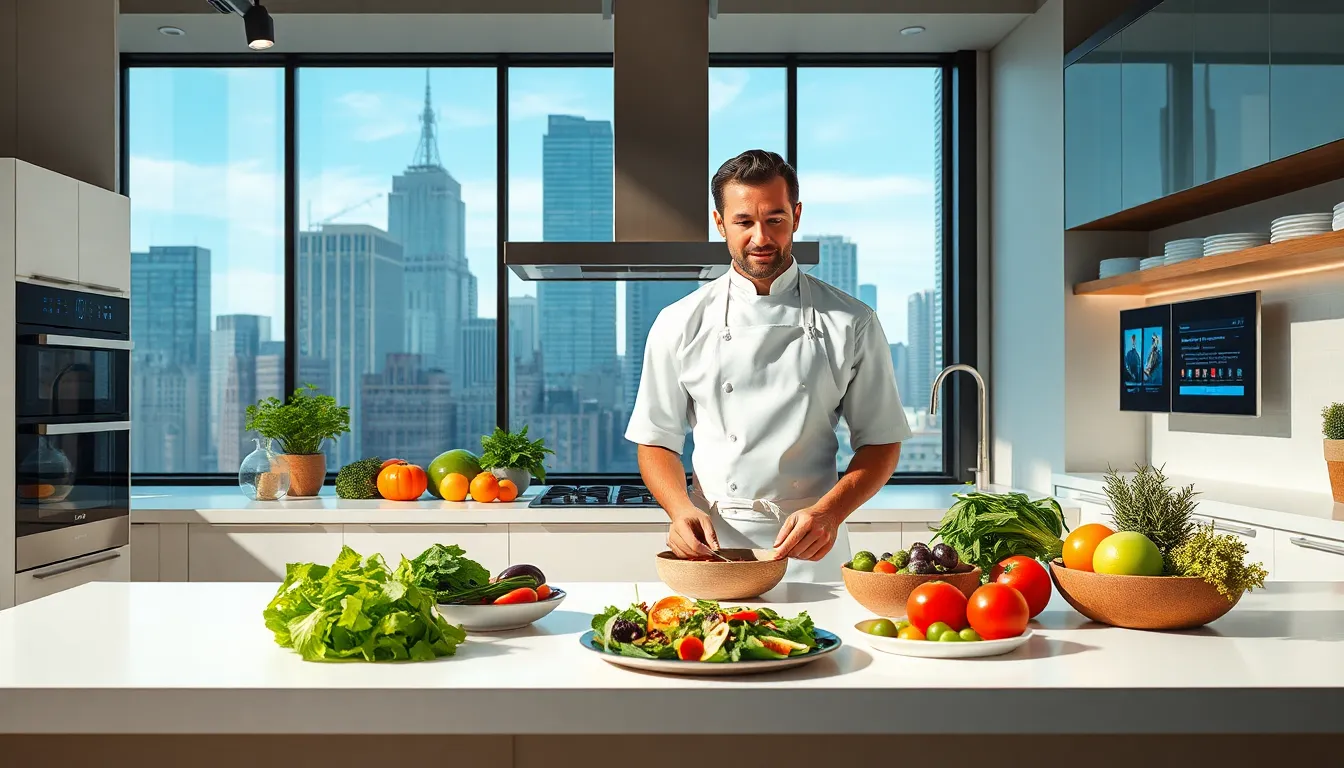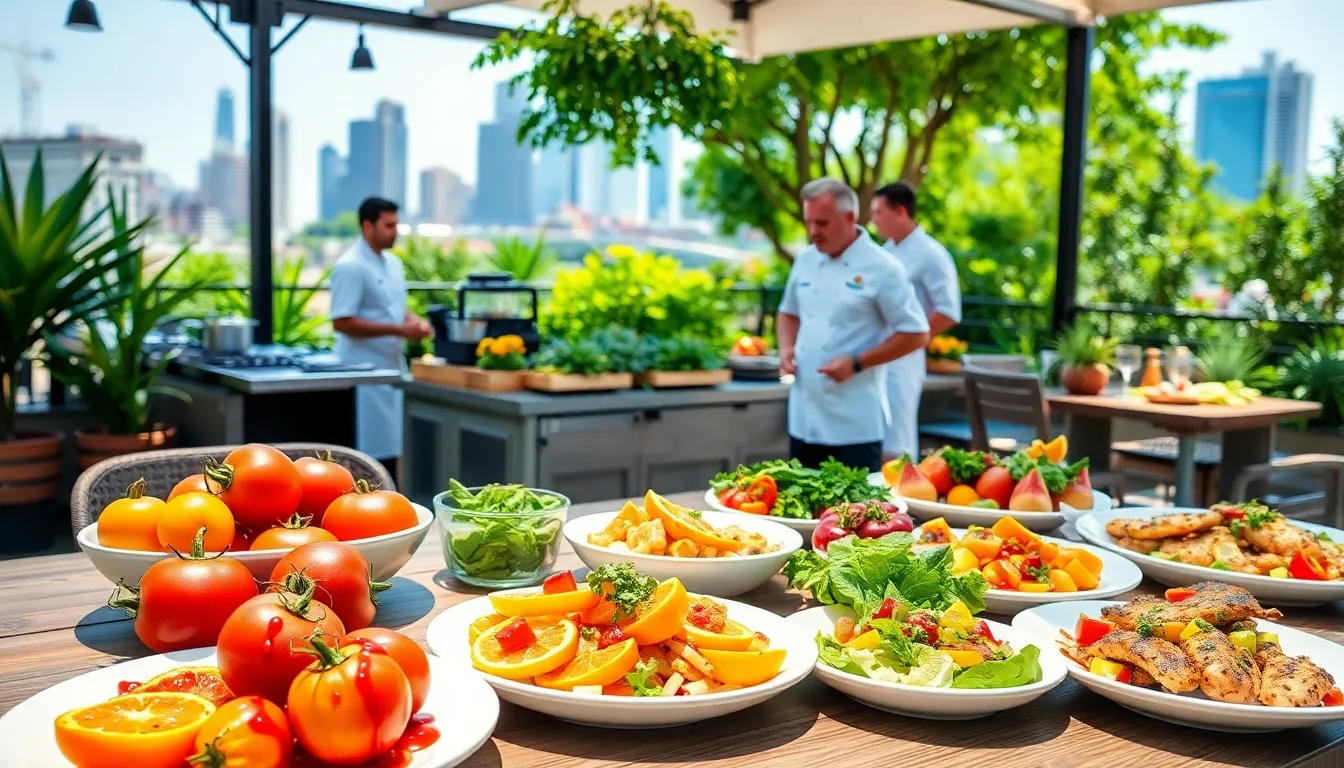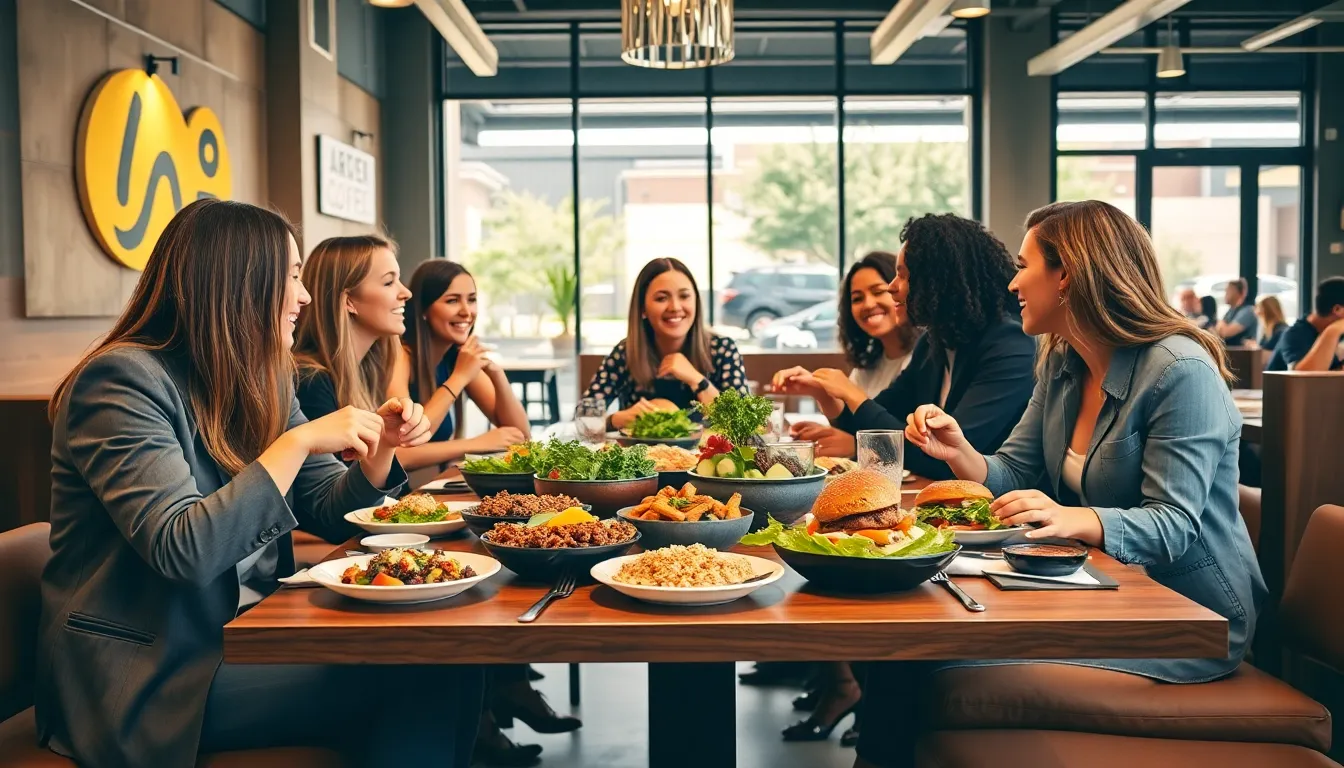Table of Contents
ToggleIn the world of culinary arts, gastronomy techniques are the secret weapons chefs use to transform ordinary meals into extraordinary experiences. From molecular gastronomy that makes food look like science experiments to classic French techniques that elevate flavors, these methods are the magic behind every delicious bite. It’s like watching a magician pull a rabbit out of a hat—except the rabbit is a perfectly cooked duck breast, and the hat is a sizzling hot pan.
Overview of Gastronomy Techniques
Gastronomy techniques encompass a wide range of practices that elevate culinary art. Traditional methods often include classic French cooking, emphasizing precision and intense flavors. Techniques like sautéing, poaching, and braising showcase the chef’s ability to develop deep, rich tastes.
Modern gastronomy introduces innovative methods such as molecular gastronomy. This approach employs scientific principles to transform ingredients into unexpected textures and presentations. Techniques like spherification create sauces and flavors encapsulated in delicate spheres, surprising diners with bursts of flavor.
Sous-vide reigns as another contemporary technique. This method involves vacuum-sealing food and cooking it at precise temperatures in water. It guarantees consistent textures and flavors throughout the dish, offering chefs a reliable way to achieve culinary perfection.
Fermentation holds a vital place in both traditional and modern gastronomy. Artists in the kitchen use fermentation to develop complex flavors and enhance nutritional value. This ancient technique reemerges in various forms, from pickling vegetables to crafting artisanal breads.
Emulsification serves as a foundational technique in creating sauces and dressings. This process blends oils and water-based ingredients into a stable mixture, enhancing both texture and flavor. Chefs utilize emulsification to create velvety sauces that elevate a plate’s appeal.
This overview captures just a few techniques that define gastronomic excellence. Each method allows chefs to express creativity, ensuring a memorable dining experience for every guest. With continual advancement in culinary arts, the landscape of gastronomy evolves, pushing boundaries and redefining expectations.
Traditional Cooking Methods

Traditional cooking methods emphasize time-tested techniques that enhance flavor and texture. These methods, rooted in culinary history, form the foundation of gastronomy.
Roasting
Roasting involves cooking food evenly in an oven, allowing dry heat to enhance flavors. This technique often transforms meats like chicken and beef into tender, juicy dishes. The Maillard reaction occurs during roasting, resulting in a beautiful brown crust that adds depth. Vegetables also benefit; caramelization occurs, providing a sweet, rich taste. Ideal temperatures typically range from 325°F to 450°F, depending on the food being prepared. Chefs consider monitoring internal temperature crucial for achieving perfect doneness while retaining moisture.
Boiling
Boiling serves as a simple yet effective cooking method for various foods. This technique requires heating water to 212°F, where it bubbles. Pasta and grains flourish in boiling water, absorbing flavors and achieving the desired texture. Vegetables also cook quickly, maintaining bright colors and nutrients when timed correctly. Adding salt to the water enhances flavor absorption, while simultaneous steaming results in tender, nutritious dishes. Timing plays an essential role, ensuring optimal texture without becoming mushy. Mastering boiling techniques provides a solid foundation for any cook, enhancing versatility in the kitchen.
Modern Gastronomy Techniques
Modern gastronomy techniques push culinary boundaries, blending art and science for exceptional dining experiences.
Sous Vide
Sous vide cooking enhances precision. This technique involves sealing food in vacuum bags and immersing it in a temperature-controlled water bath. Chefs achieve consistent results, ensuring textures and flavors remain intact. Typically, cooking times range from 1 to 48 hours depending on the type of food. For instance, steak cooked sous vide emerges tender and juicy, while vegetables retain vibrant colors and nutrients. Overall, sous vide elevates meal preparation, enabling chefs to focus on creativity and presentation.
Molecular Gastronomy
Molecular gastronomy embraces scientific principles to transform food. This approach allows chefs to experiment with textures and flavors, creating unexpected culinary experiences. Techniques like spherification produce caviar-like beads that burst with flavor. Another popular method includes foaming, where liquids are aerated to create light, airy textures. Dishes often surprise diners with their innovative presentations, enhancing the overall dining experience. Many contemporary chefs incorporate molecular gastronomy, making it a staple in high-end cuisine.
Presentation and Plating Techniques
Plating techniques play a crucial role in creating visually stunning dishes that enhance the dining experience. Chefs utilize various methods to showcase their culinary skills and artistic vision.
Plating Styles
Plating styles vary significantly among chefs. Some prefer the minimalist approach, emphasizing simplicity with a few key elements on the plate. Others embrace elaborate arrangements, layering components to create a more dynamic presentation. The central focus often resides on the main ingredient, while garnishes or sauces provide additional visual interest. Techniques such as stacking, smear plating, and using negative space can elevate the overall look of a dish, allowing for creativity to shine through. Selecting the right style complements the dish’s flavors and enhances the overall dining experience.
Use of Colors and Textures
Colors and textures play an essential role in food presentation. Vibrant hues stimulate the appetite and draw attention during service. Chefs often incorporate colorful ingredients like microgreens, edible flowers, or sauces to add pops of color. Textural contrasts, such as crispy elements alongside creamy purées, engage the palate and create excitement. Balancing soft and hard textures enhances the visual appeal while offering a variety of mouthfeel with each bite. Thoughtful consideration of colors and textures not only improves aesthetics but also reflects the chef’s creativity and attention to detail, ultimately enhancing the enjoyment of the meal.
Gastronomy techniques are essential tools that elevate the culinary experience. They blend tradition and innovation to create dishes that are not only delicious but also visually captivating. By mastering these methods chefs can unlock a world of flavors and textures that leave a lasting impression on diners.
The art of cooking is as much about creativity as it is about precision. As chefs continue to explore new techniques and refine old ones they push the boundaries of what’s possible in the kitchen. This ongoing evolution ensures that gastronomy remains a dynamic and exciting field, inviting both chefs and food lovers to discover the magic behind every meal.




